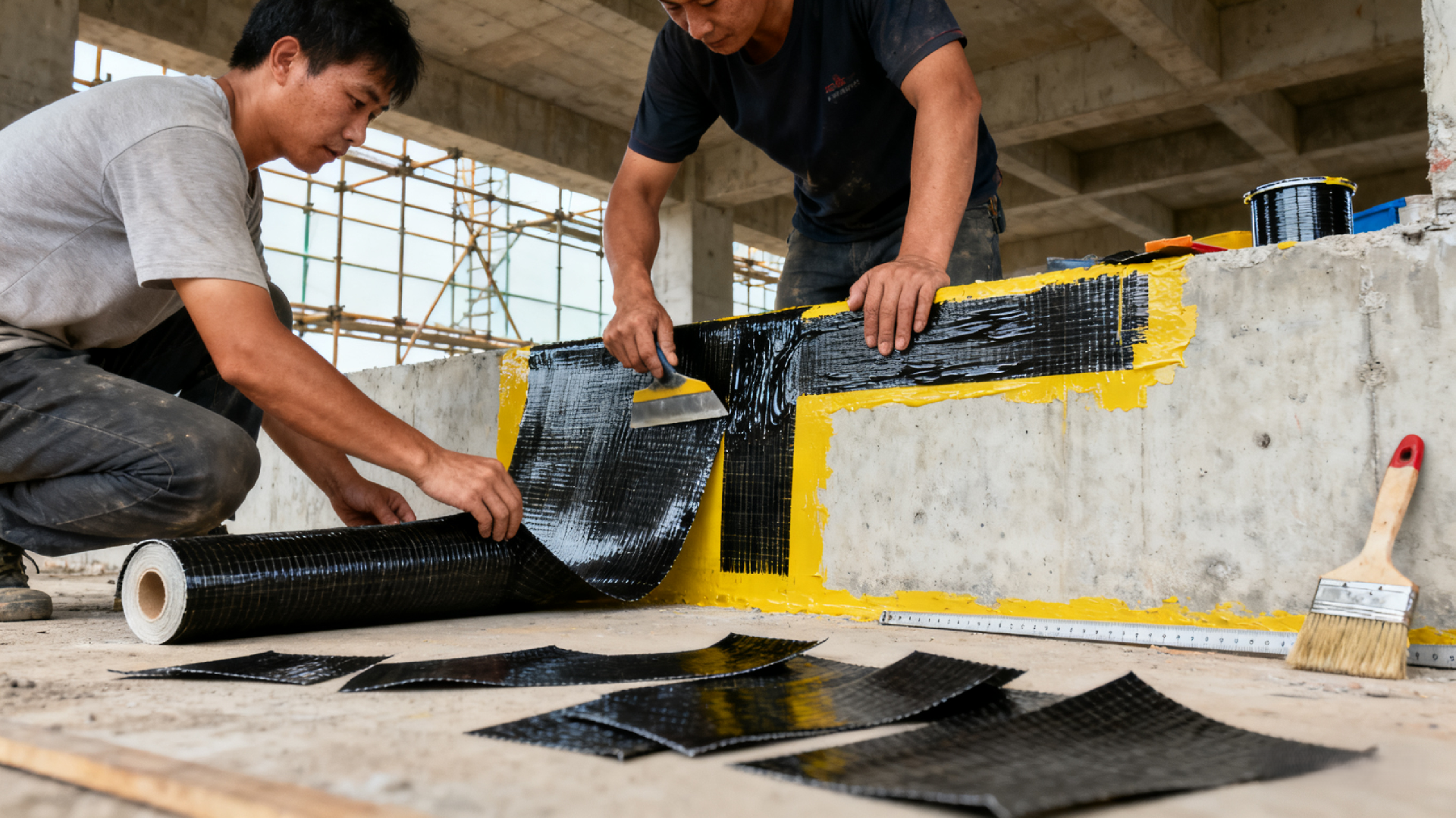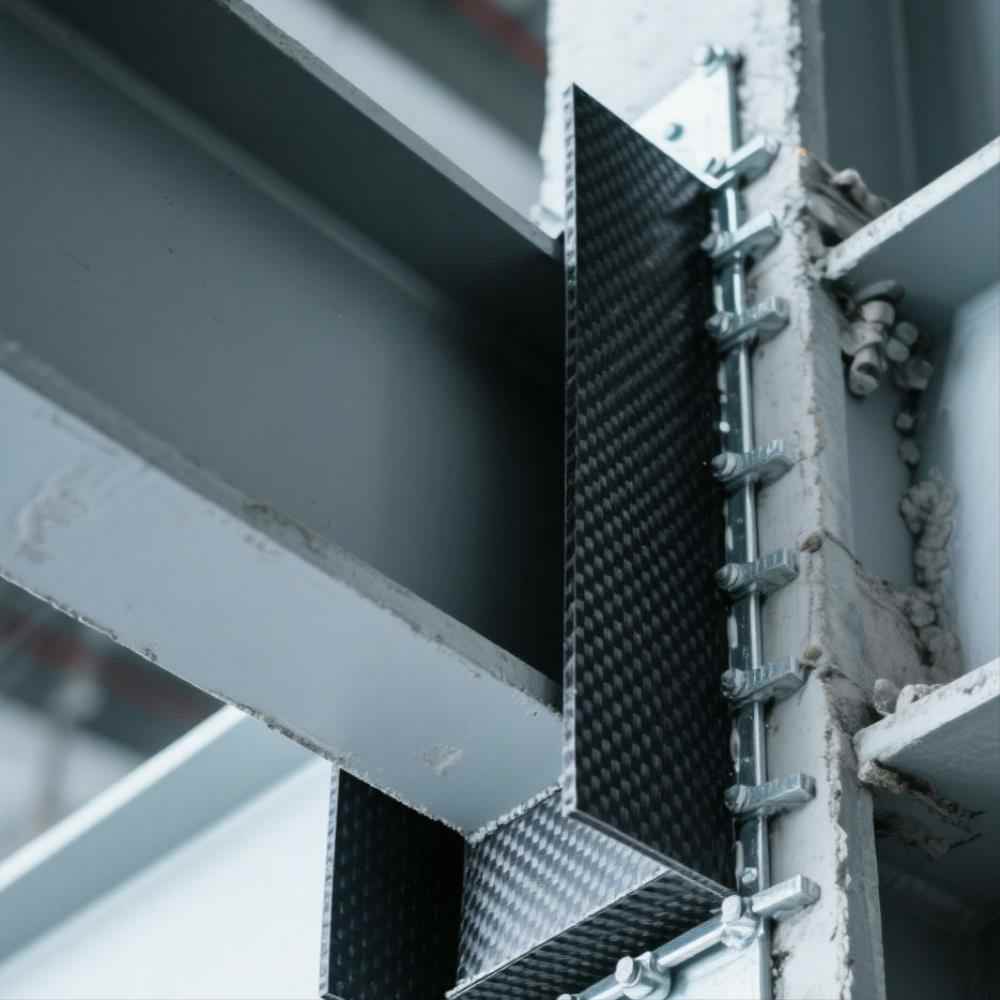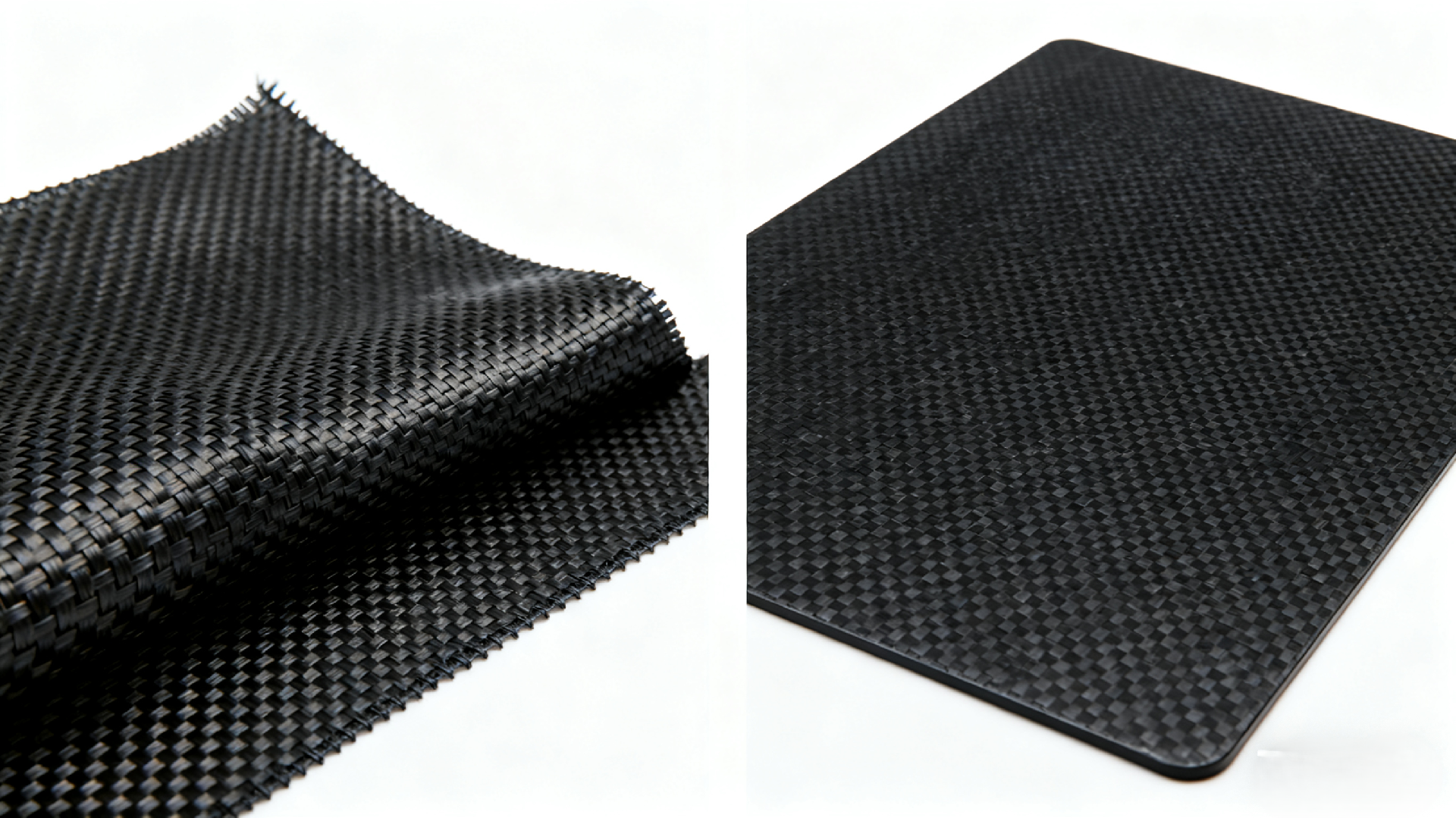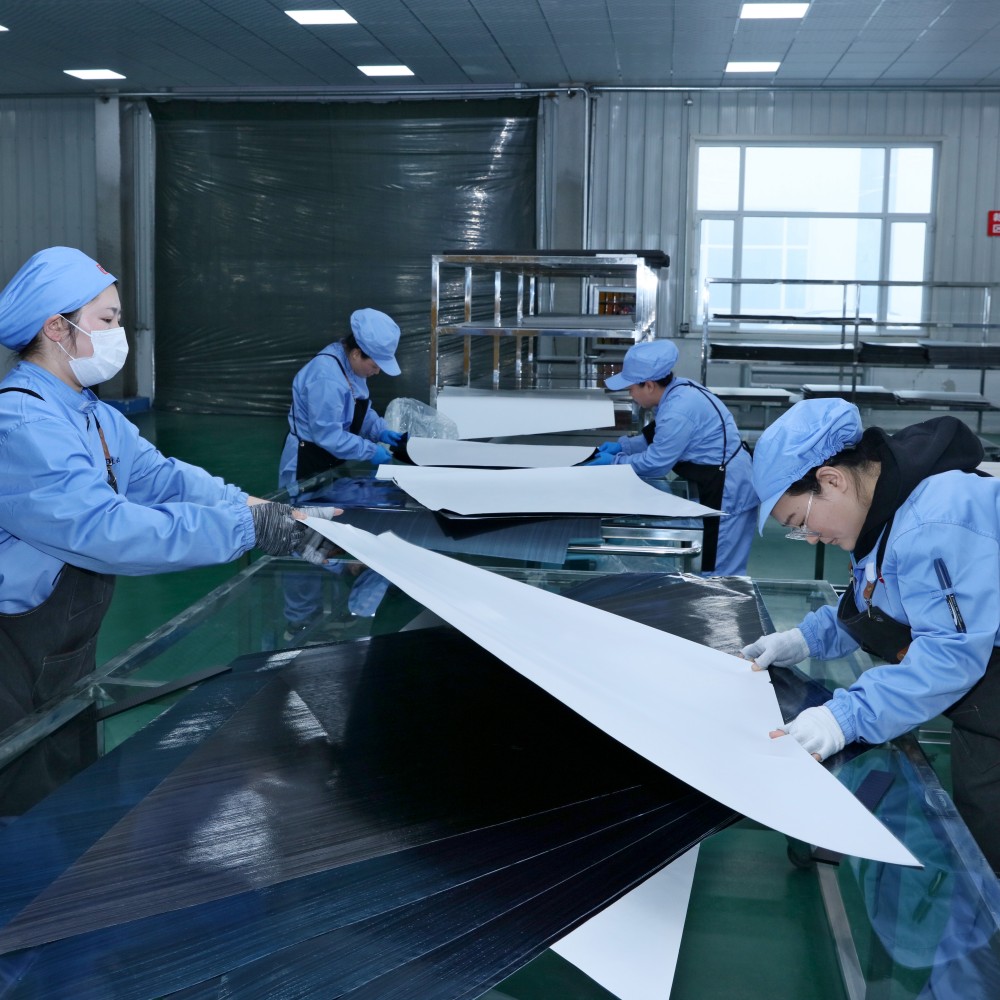The difference between carbon fiber cloth and carbon fiber plate in reinforcement
- Oct-23-2025
- (2) Views
In the field of structural reinforcement, the application of carbon fiber materials has gradually become a common choice. As two important carbon fiber reinforcement materials, carbon fiber cloth and carbon fiber board play a key role in reinforcement and repair projects.
However, there are significant differences between them in terms of performance, construction methods and applicable scenarios.
1.Differences in performance characteristics
Carbon fiber cloth is typically a thin sheet of woven fibers. Its primary characteristics are its lightness, thinness, and flexibility.It possesses excellent tensile strength and corrosion resistance, effectively increasing the load-bearing capacity of the reinforced structure. Its flexibility allows it to conform to a variety of surfaces, making it suitable for reinforcing irregularly shaped or curved structures.
In contrast, carbon fiber panels are made from multiple layers of carbon fiber cloth through pre-impregnation, pressurization, and curing processes. Carbon fiber panels stand out in reinforcement for their high stiffness and strength, effectively controlling structural deformation and improving overall stiffness. Due to their relatively rigid nature, carbon fiber panels are more suitable for structures that require rigid support, such as beams and columns.
2.Differences in construction methods
Carbon fiber sheeting offers a relatively flexible construction method. During the reinforcement process, the sheet is first fixed to the surface being reinforced using an adhesive or impregnated adhesive. After curing, it forms a reinforced layer that adheres tightly to the structure. Carbon fiber sheeting is suitable for reinforcing various structural surfaces, and the construction process is relatively simple, requiring no extensive equipment.

The construction process of carbon fiber panels is relatively complex, typically requiring prefabrication in a factory and then transport to the construction site for installation. During installation, the panels are securely attached to the reinforced structure by drilling holes or using adhesives. Due to their high rigidity, their construction requires specialized equipment and techniques.

3.Different applicable scenarios
Due to its softness and adaptability, carbon fiber cloth is more suitable for scenarios that require flexibility, such as reinforcing cracks, resisting bending deformation, or improving the seismic performance of structures. It can fit tightly onto uneven surfaces for local reinforcement.
Carbon fiber panels are more suitable for scenarios where increased overall stiffness and strength are required. For example, in the reinforcement of long-span structures, carbon fiber panels can effectively control the deflection and deformation of the structure, improving its overall stability.
In practical applications, the choice between carbon fiber cloth and carbon fiber plate requires comprehensive consideration of the specific reinforcement situation and requirements. If overall stiffness needs to be increased, carbon fiber plate should be chosen; if local reinforcement is needed to accommodate curved surfaces or irregular structures, carbon fiber cloth is more suitable. Furthermore, a comprehensive assessment should be made based on factors such as project budget and construction schedule to select the most appropriate carbon fiber reinforcement material to ensure the reliability and durability of the reinforcement.
 English
English





